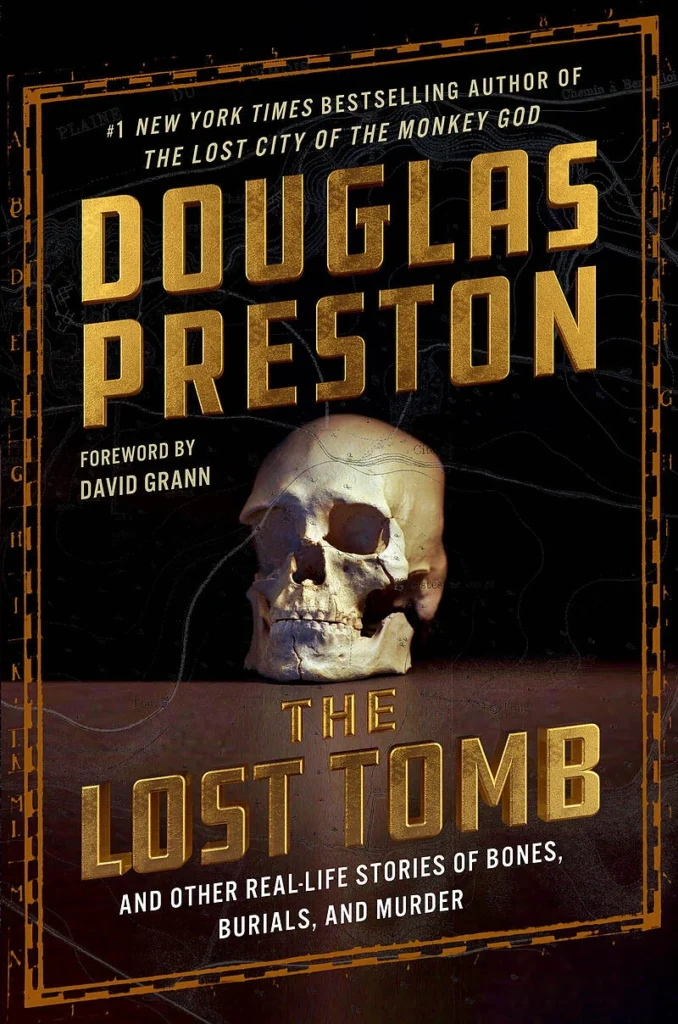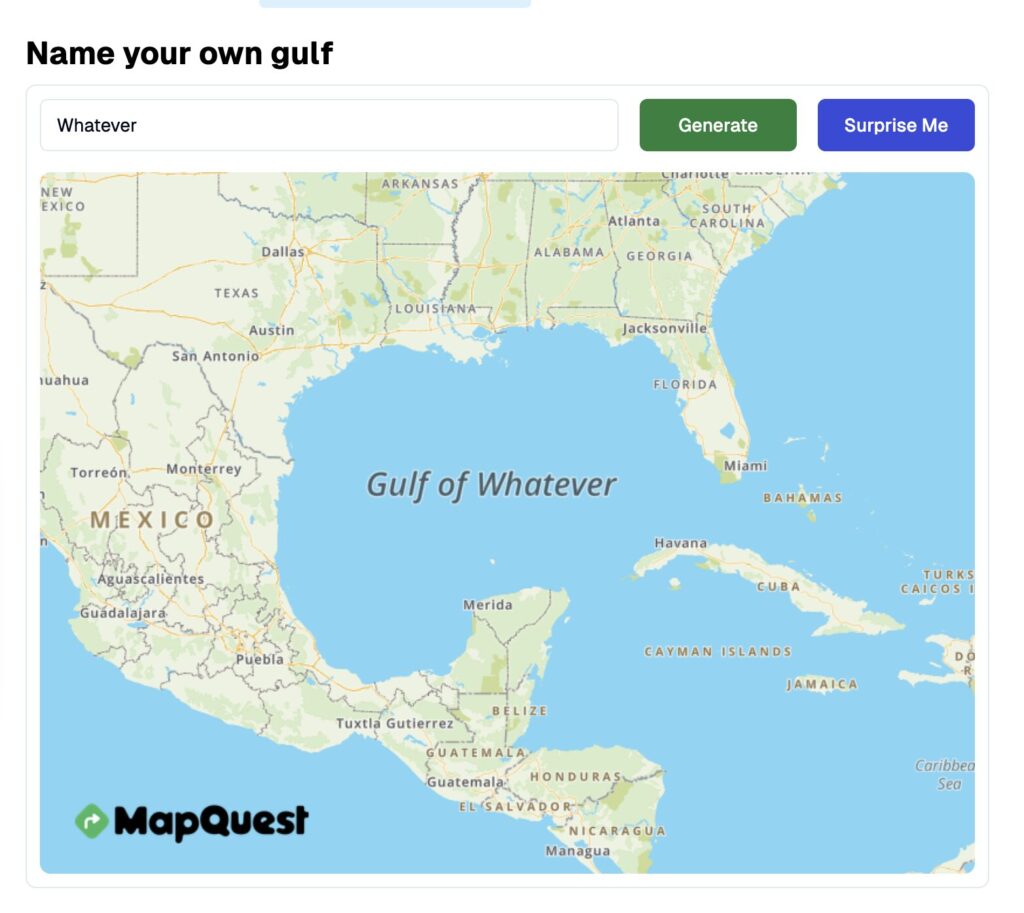-
MD Foodie Boyz
“These are three middle schoolers who podcast,” Barstool Sports’ Pat McAuliffe explained in a podcast episode this week, where they attempted to book the boys for their show. “It’s an unintentional parody of what podcasts are. They’re like ‘what’s your favorite pizza,’ and then they just talk about pizza.”
There’s something hilarious about the juxtaposition of the young boys’ extremely basic food reviews and the high quality podcast studio they’re filming in and slick editing on their clips. (Their parents have access to a podcast studio and one of their older brother’s produces the clips).
Taylor Lorenz, Meet the MD Foodie Boyz
-
The story of Neon films

Whenever you see the buzzing, fuchsia Neon title card, you know your going to get at the very least something different and interesting. Eric Ducker at the Ringer tells of how six people in a WeWork space grew to a 55 person team consistently supporting awards campaigns.
-
Cabin in the Woods 4k

I think Cabin in the Woods still succeeds in deconstructing the horror movie genre while placing Easter eggs as callouts to other movies and stories.
Beginning with the cheery introductions of our characters, with an early career Chris Hemsworth playing the quintessential jock, the film leads us down a road to the middle of nowhere and stopping at a rundown gas station complete with a grizzled, creepy old man. Once the sun sets, Evil Dead vibes consume the woods, and our team makes the first of a series of bad decisions, descending to the basement, because a horror movie cannot exist without a series of bad decisions. If you pay attention to all of the different objects spread throughout the room, you’ll be rewarded when the film reveals the imprisoned menagerie of monsters.
Chaos ensues. As the gang is killed off, we meet our villain, played by Sigourney Weaver, who attempts to reason with our final girl, played by Kristen Connelly. Typically, the final girl perseveres with grit, determination, and wits–the last person with any agency to make a choice–to defeat the villain and survive. Connelly’s character makes a choice that makes the ending surprising and unique.
-
Lost Tomb by Douglas Preston
The Lost Tomb: And Other Real-Life Stories of Bones, Burials, and Murder by Douglas Preston collects his nonfiction essays from across nearly 40 years of writing. The flashy subtitle is accurate but told through pragmatic prose using anthropology, archaeology, and a dabble of political science.
When successfully combined, they create a taut narrative such as the Monster of Florence or the Dyatlov Pass incident. Other times they come across as dry character studies, where history is examined.

-
Rodger Sherman pet all the dogs
The Westminster Dog show occurred recently, and sportswriter Rodger Sherman visited to pet all the dogs. If you’ve ever wanted a visual guide to all the different breeds, this is it.
-
Building a (T1D) smartwatch from scratch
Andrew Childs built a Type 1 Diabetes monitor from scratch.
My 9 y.o. son has Type 1 diabetes, which basically means his pancreas is on manual (hard) mode 24×7. A healthy pancreas not only produces insulin, which helps convert glucose in the bloodstream into energy – it also produces glucagon, which tells the liver to release glucose into the bloodstream when blood sugar levels are too low. A person with T1D has to manage without either of these guardrails, and a low blood sugar can become a medical emergency if left untreated.
-
Trying all the Mountain Dew flavors
For a long time, Mountain Dew was my vice. The green, sugary, citrus fizz delivered the caffeine kick I needed at lunch, or sometimes breakfast. I’d probably only sampled three or four from the growing endless line of flavors, some of which are regional or business exclusives.
Geraldine DeRuiter, aka The Everywhereist, tried 21 Mountain Dew Flavors.
Mtn Dew has a following so devoted it makes Catholicism seem like a casual hobby. Fans of the drink post photos of their collections online, bottles and cans in a Lisa Frank array of hues. I stare at a picture taken in someone’s wood paneled basement, in a subreddit specifically for Mtn Dew enthusiasts (because the internet, for all its faults, has guaranteed us this: no matter how esoteric our passions, we need never feel alone). Meticulously arranged, some have been custom made, because the beverages in question are only available in fountain drinks. Other fans weigh in, inquiring where to purchase rarer bottles. I try to understand what would propel someone to buy a stale, questionably-stored bottle of Mtn Dew from eBay.
Three weeks later, I’m doing it myself.
-
The Legacy of Hokusai’s Great Wave
The Legacy of Hokusai’s Great Wave
Of course, the Great Wave was made to be reproduced. It has never had a definitive form. Hokusai’s original brush drawing would have been destroyed when the printers cut the woodblocks in 1831, and though no one knows exactly how many impressions from the original blocks still exist, it’s thought to be about 100. No two prints could ever have been the same. Variation was built into its creation – yet somehow, despite or perhaps because of all the variations, the design itself retains, whatever its context, a sort of universal meaningfulness.
-
Gulf of Whatever

Back in those innocent days before everyone used Google maps to get somewhere, we would print out all the pages from MapQuest. It was revolutionary, not needing to chart your own path from a foldable map you could never refold or barely read. Maybe this was where we lost our way down the path of ease and convenience. Alas Google (Waze) and Apple now lead us to our destinations.
But MapQuest still exists, and let the world know in a simple and defiant act of satire–Name Your Own Gulf. Go ahead, give it a name you prefer, since that’s how things are these days.
